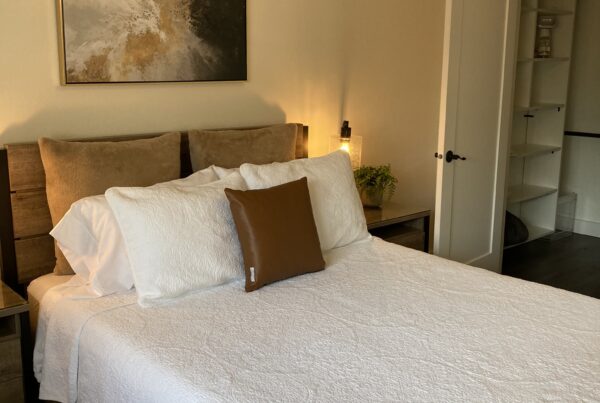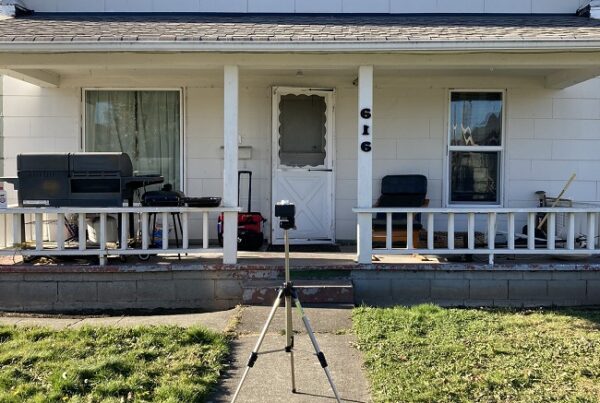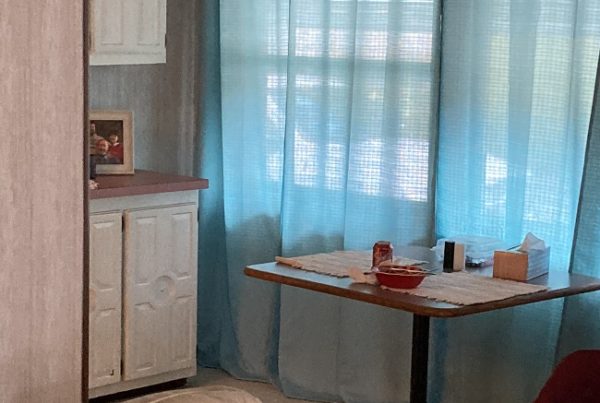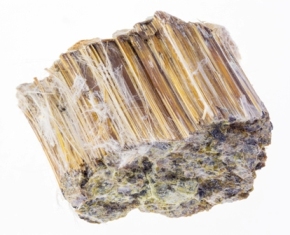
What does asbestos mean?
The word asbestos is extracting from a Greek attribute that connotes inextinguishable. The “miracle mineral,” as the Greeks cited it, was lauded for its soft and pliable properties, as well as its ability to tolerate heat.
Asbestos was reeled and interlaced into cloth in the same way as cotton. It was also in-use for wicks in sacred lamps. Romans, too, realized the substance of asbestos, and historians speculate that they disinfected tablecloths by pitching them into fire blazes.
During the Greeks and Romans’ era in the first century up to the eighteenth century, asbestos had little consideration and application. It was inaccessible in copious amounts before miners identified vast reserves in Canada in the late 1800s. Subsequently, asbestos was developed as an insulating basic in thermal insulation for boilers, pipes, and other high heat utilizations and as a reinforcement element for an assortment of products.
What is asbestos?
Asbestos is a naturally occurring mineral. It is notable from other minerals by the evidence that its crystals form long, thin fibers. Deposits of Asbestos are located throughout the world. The prominent commercial manufacturing locations are the Commonwealth of Independent States, Canada, China, Brazil, Zimbabwe, and South Africa. Asbestos is also quarried commercially in limited supply in the United States, in California, and Vermont.
Asbestos minerals are split into two groups–serpentine and amphibole. The noticeable difference between groups is predicated upon a mineral’s crystalline structure—serpentine minerals have a sheet or layered structure, amphiboles have a chain-like crystal structure. Chrysotile, the only asbestos mineral in the serpentine group, is a vastly utilized type of asbestos that accounts for approximately ninety-five percent of the asbestos found in buildings in the United States. Chrysotile is generally known as “white asbestos,” thus named for its natural color.
Five types of asbestos are found in the amphibole group. Amosite is the second highly likely variety to turn up in buildings and is frequently cited as “brown asbestos” for its natural brown color.
Crocidolite, “blue asbestos,” is an amphibole. Crocidolite was used in high-temperature insulation operations.
The remaining three types of asbestos in the amphibole group are anthophyllite, tremolite, and actinolite. These assortments are of little commercial value. Sometimes, they are found as foreign matter in Asbestos-containing materials—ACM.
Once asbestos is mined from the earth, it is then processed by first crushing it, then grounded, and finally graded. The results are long threadlike mineral fibers. Under close examination, the thousands of fibers appear as one fiber, but in all actuality, what you are seeing can be further divided into microscopic fibers.
Uses of Asbestos
Historically, asbestos has been used in thousands of products. The term ACM or commonly known as asbestos-containing materials is used to refer to these products. Asbestos gained great popularity because of its unique properties: it is impervious to chemical attacks, it has high tensile strength, it is fireproof, it has low heat electrical conductivity, and it is low-cost and is plentiful.
To prevent buildings from warping and collapsing in a fire, builders applied sprayed-on asbestos on metal beams, columns, and other structural building systems.
When it came to fireproofing, Chrysotile was chiefly used in a sprayed-on format. 5 to 95 percent of fireproofing material contained asbestos in the mix, and some of the materials were sand cellulose, vermiculite, sand gypsum, and calcium carbonate.
To add strength to building material, builders often used asbestos. Some commonly used building materials containing asbestos are concrete and other concrete-related products, roof shingles, siding, and wallboard, corrugated and flat sheets for roofing, cladding, partitions, and pipes. Asbestos is also in joint compound, roofing felt, asphalt vinyl, adhesives, and floor tile.
Spayed and troweled on asbestos has been used on surfaces such as walls and ceilings as acoustical plaster and decorative effect.
Where can I send a sample for asbestos testing?
Mail-in samples to the following address *at Tabor 100 co-working offices:
5 Microns Inc.
7100 Fort Dent Way #100
Tukwila, WA 98188
IMPORTANT-MUST READ FIRST: All mail-in samples must have a tracking number and include our asbestos chain of custody form to be processed. If the chain of custody form is missing, your sample(s) will not be accepted and processed. Drop-offs MUST have the COC form inside your package but not in the sample bag. DO NOT MAIL YOUR SAMPLES BY FIRST CLASS MAIL. Send your sample(s) via USPS Priority Mail, UPS, and FedEx. It is essential to closely follow these directions so our asbestos testing lab can promptly process your sample(s).
*PLEASE NOTE FOR ALL DROP-OFFS: All samples must be dropped off at the back of the office building located at 7100 Fort Dent Way Tukwila WA outside the Tabor 100 Office and placed inside the black drop-box pictured below. Do not take your samples to the front desk. The front desk will not accept drop-offs over the counter, NO EXCEPTIONS.
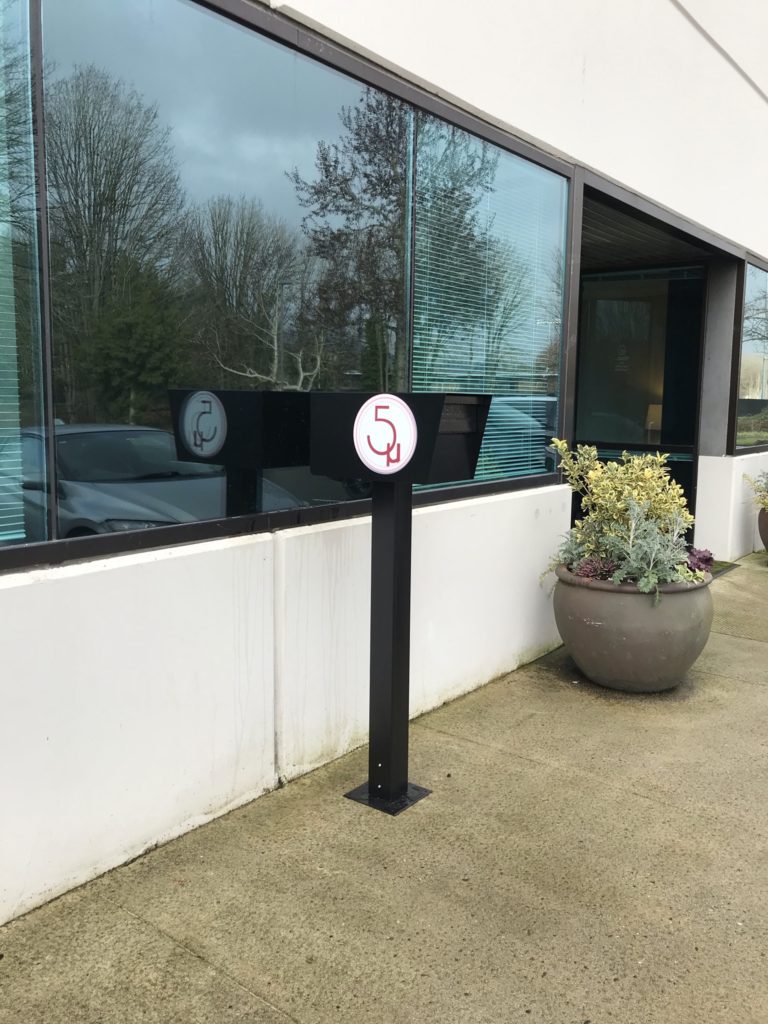
5 Microns Inc. Sample Drop Box

